Food52's Automagic Holiday Menu Maker

Food52's Automagic Holiday Menu Maker
Choose your holiday adventure! Our Automagic Menu Maker is here to help.
View MakerPopular on Food52
11 Comments
Riki B.
April 24, 2019
Your site and recipes, writing, etc. are simply wonderful! I am thrilled to, so to speak, have you in my life, as I am living on rural property with orchards and a garden...and am newly on my own...as well as retired. I love to cook and your sensibilities are spot on for me. This is a total Bingo! Thank you! Can't wait to try this Charoset recipe.
Ellen K.
April 15, 2016
I have 2 Sephardic recipes I've been using for about 4 or 5 years now. One is made into a pyramid shape, and the other rolled into individual balls.
GsR
April 13, 2016
I've been making a riff on Indian haroset. Very simple. I cup of silan (date syrup), enough finely chopped nuts ( I usually use a mix of walnut, almonds, and pecans, but pistachios would work) to bring to the texture you like, some minced ginger and maybe a bit of finely chopped chili or pinch of cayenne.
Laura415
April 8, 2015
I made both kinds and we had a bunch left over so I used them to make quick breads (used my favorite bannana bread recipe) with Charoset. I had to add some frozen persimmon pulp to make the batter wet enough but you could also use a ripe banana too.
ChefGam
March 30, 2015
I became a life long devotee of Sephardic Haroset when a friend who gre up in Egypt shared this recipe with me. It makes a lot, but you will enjoy it for days after your Seder.
2 c dried figs
2 c dried apricots
1 1/2 c raisins
1 1/2 c dates
1 c dried cranberries
2 c hazelnuts, toasted*
2 c sugar
1+ cup sweet wine
Cinnamon to taste
Cut all fruit into small pieces, mix well.
Melt sugar on low heat. When melted, quickly mix in nuts.
Spread on parchment paper covered pan. Break into small pieces.
Place in blender. Chop until course. (1-2 pulses)
In large bowl, mix nuts, fruit, wine, cinnamon.
*Toasted hazelnuts
Preheat oven to 350
Toast hazelnuts 10-15 minutes, or until lightly toasted and skins are blistered. Wrap nuts in kitchen towel. Let steam 1 minute. Rub nuts in towel to remove skins. (don't worry about skins that don't come off) Cool completely
2 c dried figs
2 c dried apricots
1 1/2 c raisins
1 1/2 c dates
1 c dried cranberries
2 c hazelnuts, toasted*
2 c sugar
1+ cup sweet wine
Cinnamon to taste
Cut all fruit into small pieces, mix well.
Melt sugar on low heat. When melted, quickly mix in nuts.
Spread on parchment paper covered pan. Break into small pieces.
Place in blender. Chop until course. (1-2 pulses)
In large bowl, mix nuts, fruit, wine, cinnamon.
*Toasted hazelnuts
Preheat oven to 350
Toast hazelnuts 10-15 minutes, or until lightly toasted and skins are blistered. Wrap nuts in kitchen towel. Let steam 1 minute. Rub nuts in towel to remove skins. (don't worry about skins that don't come off) Cool completely
ChefGam
April 24, 2019
Thanks, Donna. As of now, it’s been at least 12 years that this charoset has been served at my Seder table. I think that qualifies as a family tradition.
Rose S.
March 30, 2015
I have been tempted to try a Sephardic recipe for years but the other people in my house veto me. I think it is because it is unknown.
Charles, do you have a recipe that is your favorite?
Charles, do you have a recipe that is your favorite?
Jimmy H.
March 30, 2015
Our family uses apples, pecans, sugar, cinnamon, and lots of sweet wine. It it best after it has sat in the refrigerator for a few days, it really lets the flavors meld. I also make a version in the fall and to serve with lamb using pears poached in port, onion, and raisins. Good stuff.
Rose S.
March 30, 2015
I am usually in charge of making the charoset for both Seders. I make a lot so I keep it simple. Peeled chopped apples, chopped walnuts, cinnamon, sugar, and Manashevitz's wine. I coarsely chop the apples and nuts in a food processor then add the other ingredients till it tastes good. The amount of everything depends on the number of people you are serving. I usually make it a bit ahead so the flavors meld.

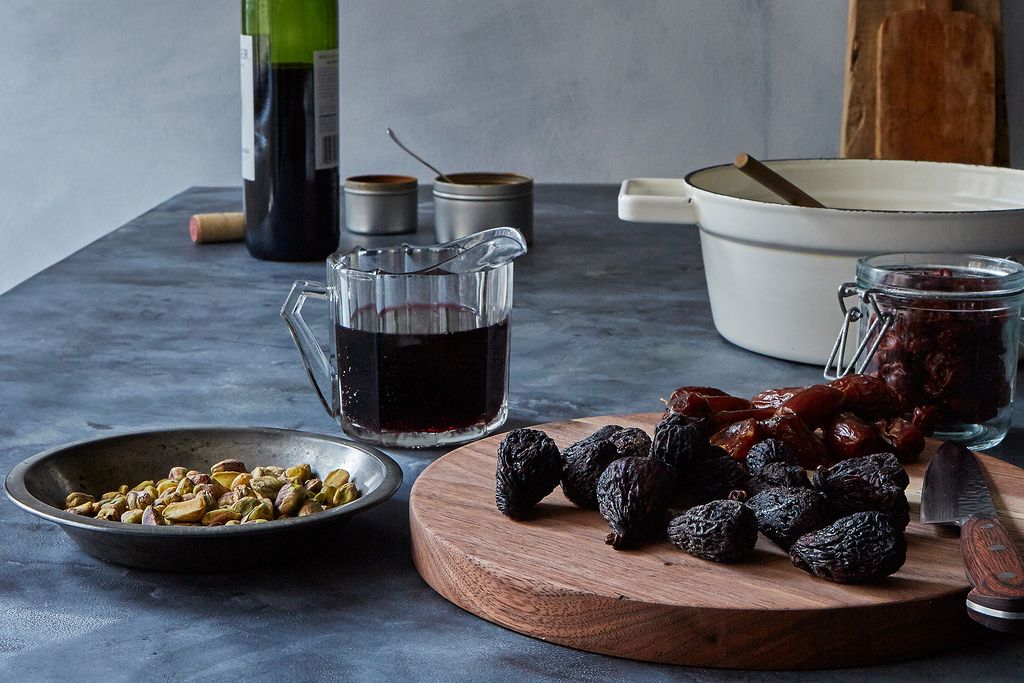

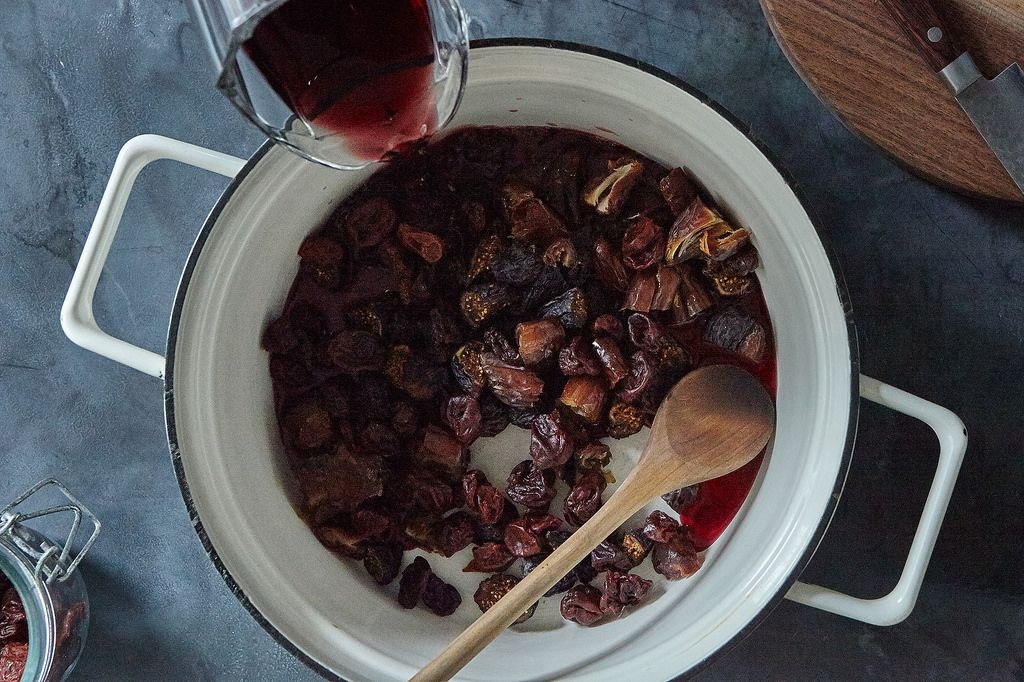
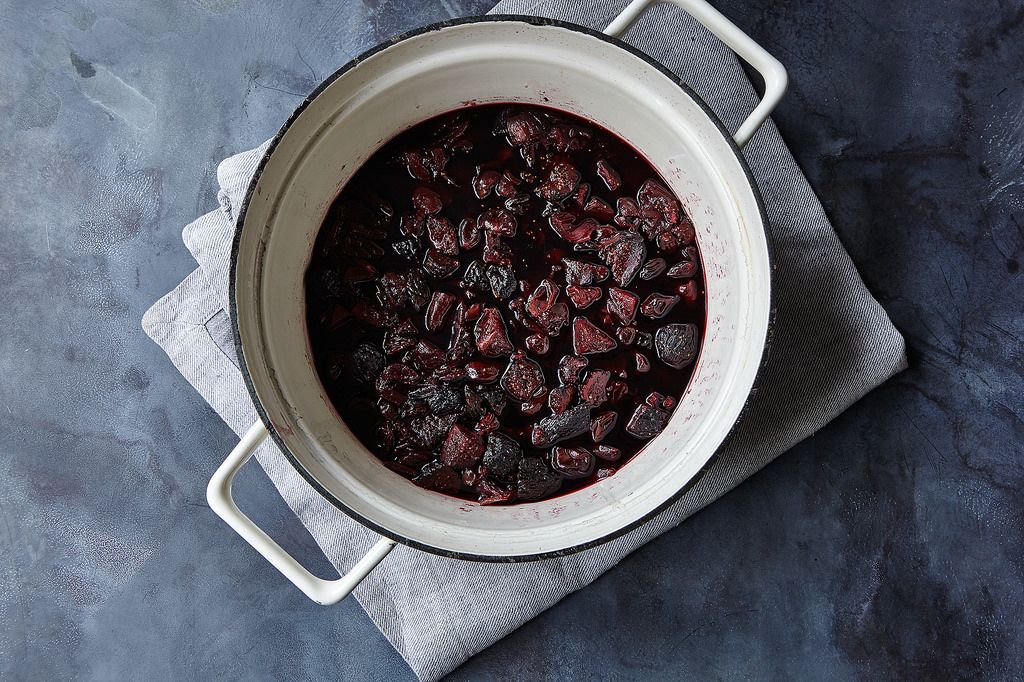
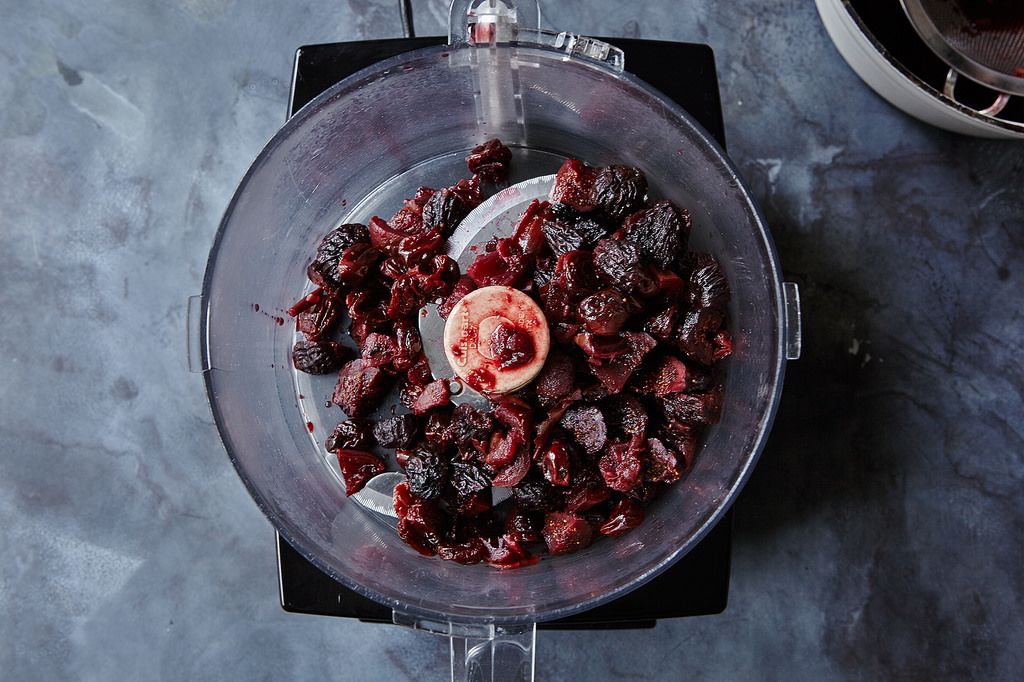

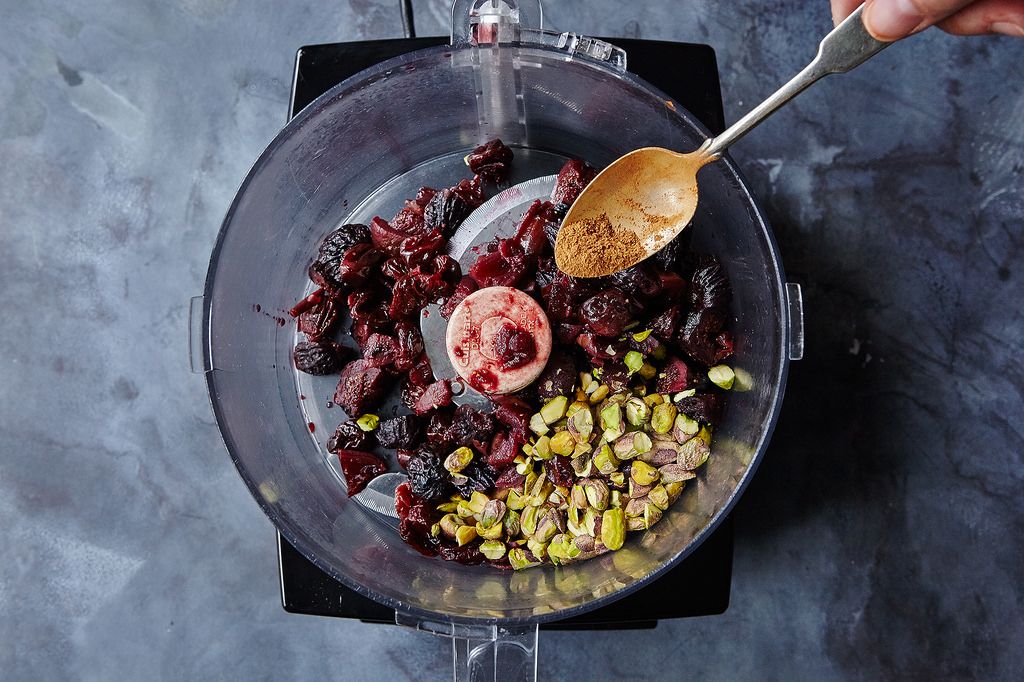
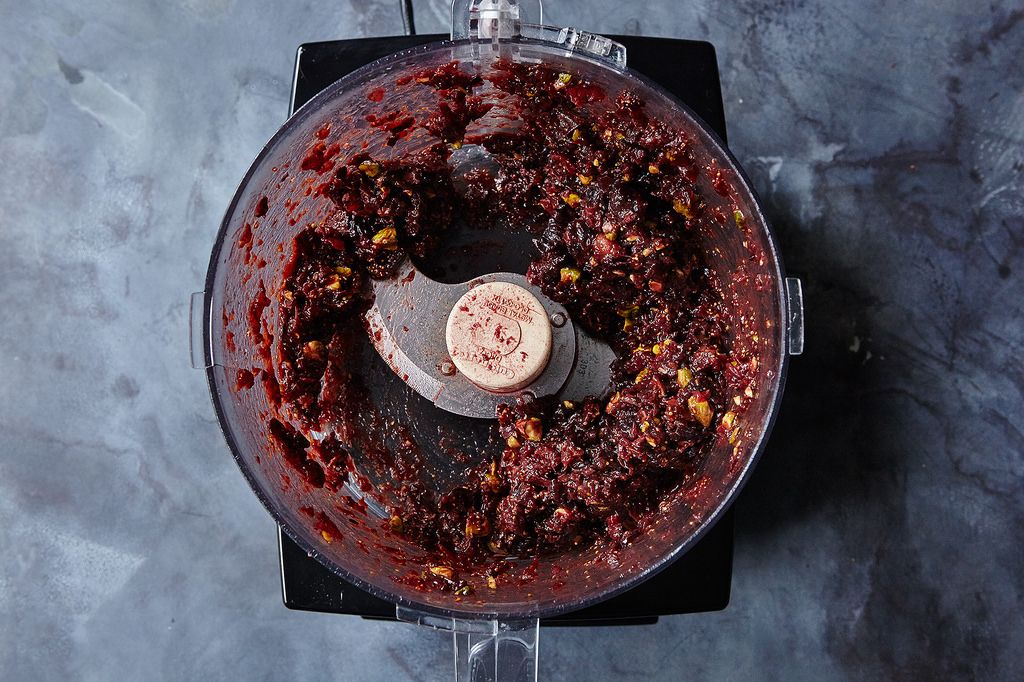
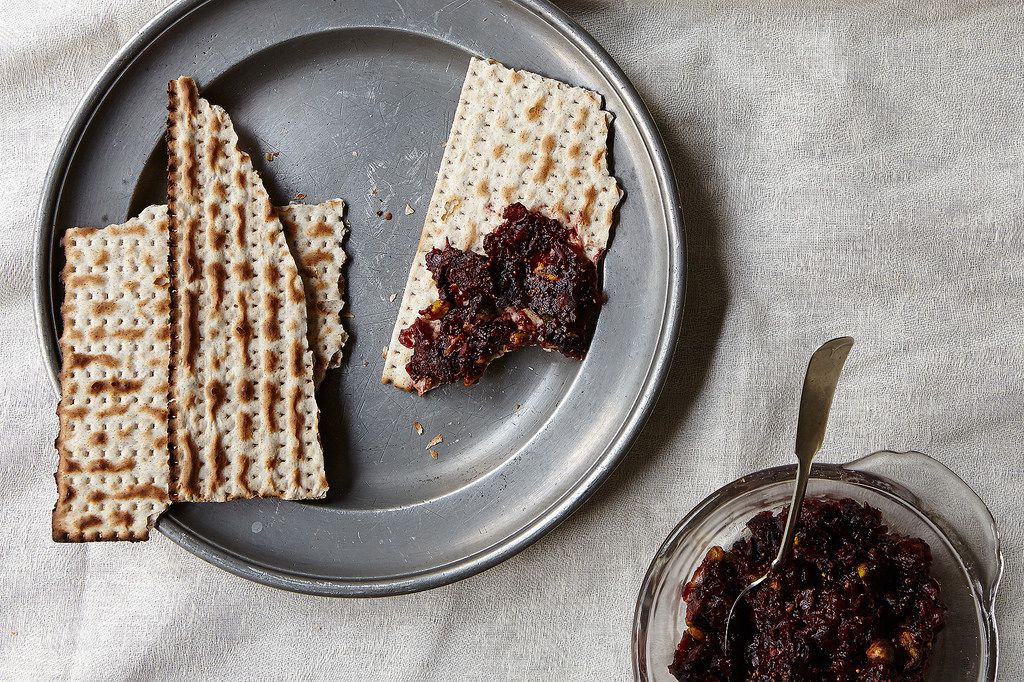

See what other Food52 readers are saying.